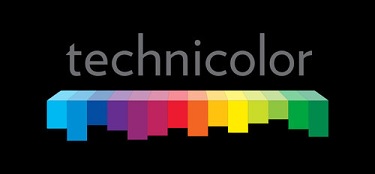Field Test in Cleveland Demonstrates that ATSC 3.0 Can Can Deliver UHD HDR in a Challenging Urban Environment
In a field test conducted under the auspices of the National Association of Broadcasters (NAB) in Cleveland, OH between May 14th and May 16th, an engineering team from multiple industry participants showed how ATSC 3.0 technology can enhance the technological performance and economic value of existing broadcast infrastructures.
“The test was an immense success. We assembled a commercial system to show ATSC 3.0’s ability to support enhanced over-the-air services in challenging urban environments,” said Alan Stein, Vice President of Technology Development and Standards at Technicolor. “The field test confirmed the ability to deliver upconverted high dynamic range (HDR) video services in a densely populated metropolitan area
under a variety of challenging environments.”
About the Field Test
Operating from an experimental TV station sponsored by NAB and the Consumer Technology Association (CTA) located at Tribune-owned WJW (Fox 8) in Cleveland, the engineers set up a receiver in downtown Cleveland at the offices of Osborn Engineering, one of the participants in the field test. The receiving facility -- located in a densely built area of the city -- was subject to signal reflections off of adjacent buildings, creating multipath interference. Successful reception was achieved in spite of the significant multipath presence. The tests focused on the ability of ATSC 3.0 to deliver:
● Content encoded with Technicolor SL-HDR1 – also known as Technicolor HDR;
● MPEG scalable HEVC -- also known as SHVC; and
● Layer Division Multiplexing (LDM) technology from ETRI -- the Korean technology research institute.
The field test featured a combination of professional and consumer equipment, including:
● A professional ATSC 3.0 receiver provided by ETRI;
● A professional HEVC and scalable HEVC and SL-HDR1 decoder provided by Kai Media – a Korean technology provider; and
● A consumer OLED 4K/UHD/HDR TV provided by LG.
Technicolor Intelligent Tone Management (ITM) technology was used to convert source content from SDR to HDR using equipment provided by Technicolor partner Cobalt Digital.
“The field test was another positive validation of how ATSC 3.0 will bring new value to viewers and a more effective platform to broadcasters,” said Kelly Williams, Senior Director of Engineering and Technology Policy of NAB. “The ability to deliver multiple broadcasts of enhanced video -- in this case content encoded with Technicolor SL-HDR1 -- on a single channel will help to transform the economics of the broadcast industry, and meet the high expectations that consumers have today,” said Williams.


